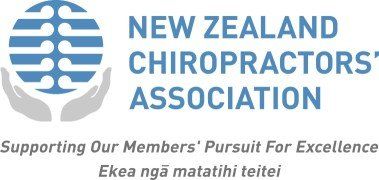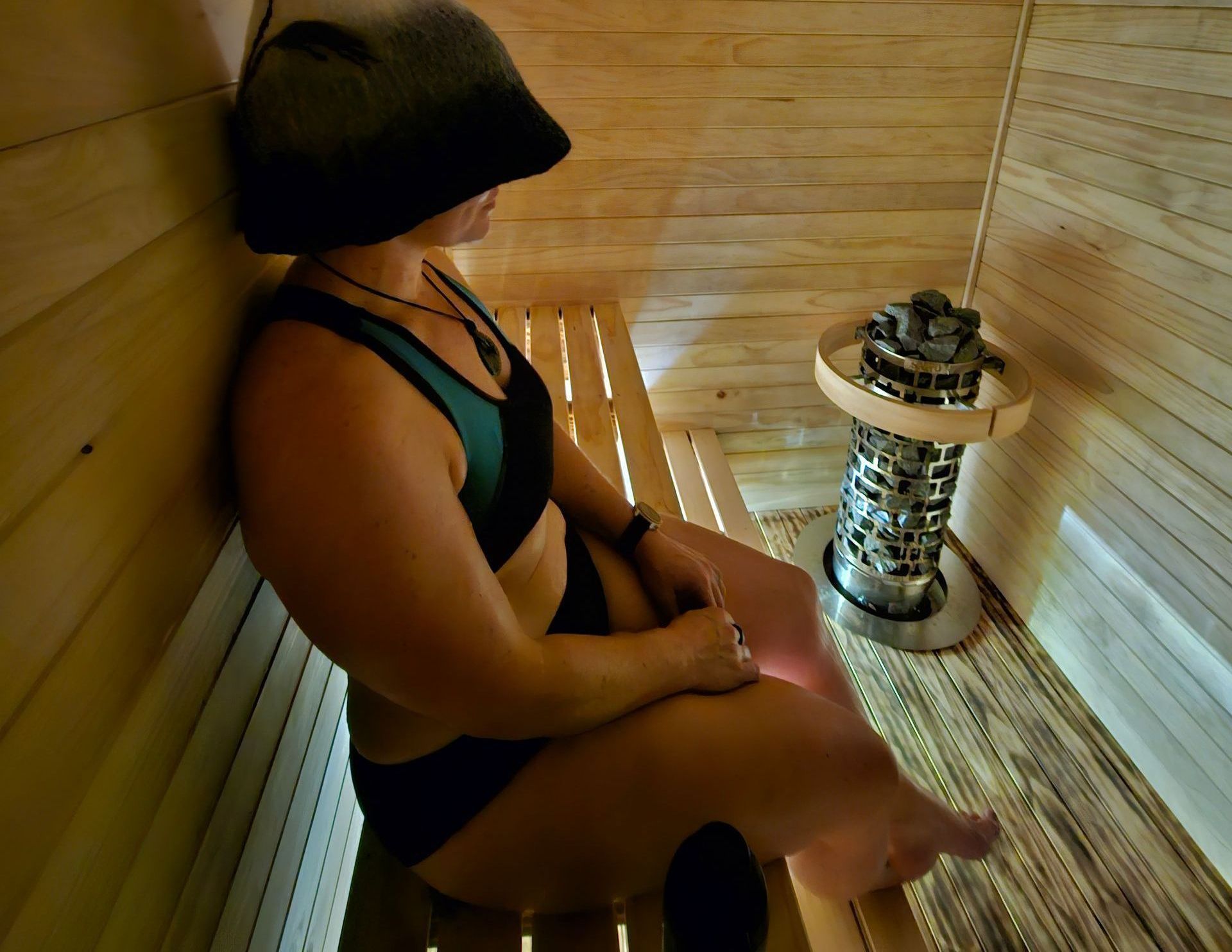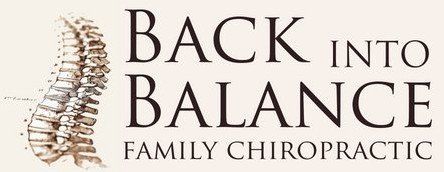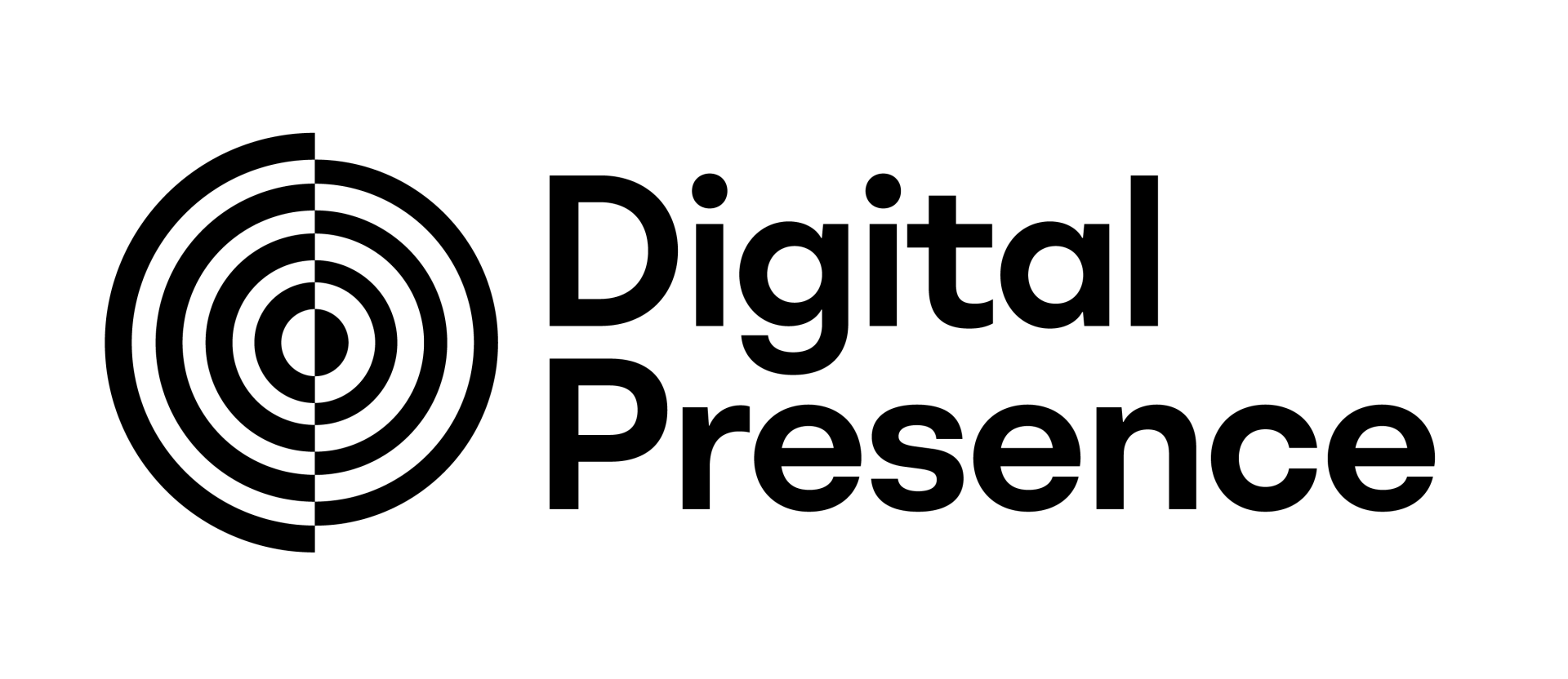Chiropractic alters the way brains control muscle function -research

The team from the Centre for Chiropractic Research at the New Zealand
College of Chiropractic have just had another study published in the journal
Brain Sciences.’ This exciting new study showed that a single session of
chiropractic care resulted in an immediate increase in voluntary activation of
the elbow flexors by the brain in the participants in the study (1).
This study investigated the effects of chiropractic care on upper limb motor control in 18
participants in Auckland. The participants in the study had subclinical pain. This means they did
not have constant symptoms and were not in pain at the time of the investigation; instead, they
had a previous history of neck ache or tension. This presentation status provides researchers a
unique opportunity to explore the effects of chiropractic without the added variables of changes in
pain levels.
In this randomised crossover trial, we wanted to see if chiropractic care resulted in an increase in
the way the brain could drive the muscles (voluntary activation) in the participants’ arms. To do
this, we measured the participants’ elbow flexor muscle strength, and a measure of central
inhibition, before and after a single session of chiropractic care or a passive movement control
intervention.
The ‘central inhibition’ measure is a bit like the brain’s handbrake to the muscle. Two ways the
brain can increase voluntary activation to a muscle is either to press on the ‘central gas pedal’ or
release the ‘central hand brake’ to that muscle. It’s a little more complicated than this of course,
because the brain has several ‘gas pedals’ and ‘hand brakes’ to every muscle of the body.
We also used standard surface electromyographic (EMG) techniques to record electrical muscle
activity from the biceps brachii and triceps and we used electrical stimulation of the brachial
plexus and transcranial magnetic stimulation (TMS) to measure the degree of central inhibition to
the arm flexors. The technical term for the method we used to record this central inhibition was
‘TMS twitch interpolation technique’ and it allows us to explore the way the participants’ brains
were driving their arm muscles (by measuring the degree to which their brain was pulling on the
RESEARCH
© 2019 – New Zealand Chiropractors’ Association 2019 – NZCA News – Issue 35 – August 2019
handbrake). The chiropractic care in this study comprised of full spine adjusting wherever
subluxations were found through clinical assessment.
What we found was that there was a difference in the degree of central inhibition to the elbow
flexor muscle, without any change in actual strength in the patients, and only after they were
adjusted, compared to no changes when the participants received the control intervention. But
what does this mean you may say?
Well, this study suggests – again – that the changes that occur with chiropractic adjustments
might occur in the brain, in this case enabling the brain to drive that muscle at a greater level than
before the patients were adjusted. This supports the growing body of research that suggests that
chiropractic care impacts human performance by changing brain function (2-5) and suggests that
the reason we have found that adjusting subluxations can make your brain more efficiently
produce force (6-8) may be by reducing central inhibition (releasing the brake) to that muscle. If
you want to read the full study just follow this link https://www.mdpi.com/2076-3425/9/6/136/pdf
This study was a joint effort between researchers from the CCR, University of Technology Sydney
and Aalborg University in Denmark. We’re particularly grateful to the Hamblin Trust for funding
this study.
For more information on the New Zealand College of Chiropractic Centre for Chiropractic
Research, and ways that you can support future research like this, please visit http://chiropracticresearch.ac.nz/
References:
1. Kingett, M., Holt, K., Niazi, I. K., Nedergaard, R. W., Lee, M., Haavik, H. (2019). Increased
voluntary activation of the elbow flexors following a single session of spinal manipulation in a
subclinical neck pain population. Brain Sciences, 9:136. doi:10.3390/brainsci9060136
2. Haavik, H., Niazi, I.K., Jochumsen, M., Sherwin, D., Flavel, S., Turker, K.S. (2017). Impact of spinal
manipulation on cortical drive to upper and lower limb muscles. Brain Sciences, 7.
3. Haavik Taylor, H., Murphy, B. (2007). Cervical spine manipulation alters sensorimotor integration: A
somatosensory evoked potential study. Clinical Neurophysiology 118, 391-402.
4. Lelic, D., Niazi, I.K., Holt, K., Jochumsen, M., Dremstrup, K., Yielder, P., Murphy, B., Drewes, A.M.,
Haavik, H. (2016). Manipulation of dysfunctional spinal joints affects sensorimotor integration in the
prefrontal cortex: A brain source localization study. Neural plasticity, 3704964.
5. Haavik, H., Murphy, B. (2012). The role of spinal manipulation in addressing disordered
sensorimotor integration and altered motor control. Journal of electromyography and kinesiology,
22, 768-776.











